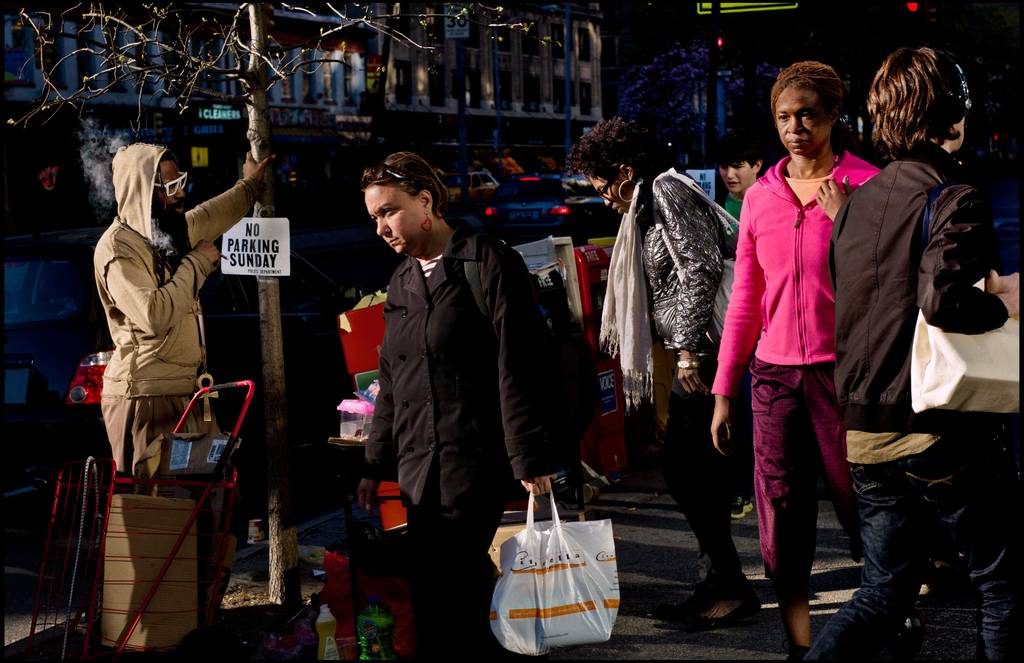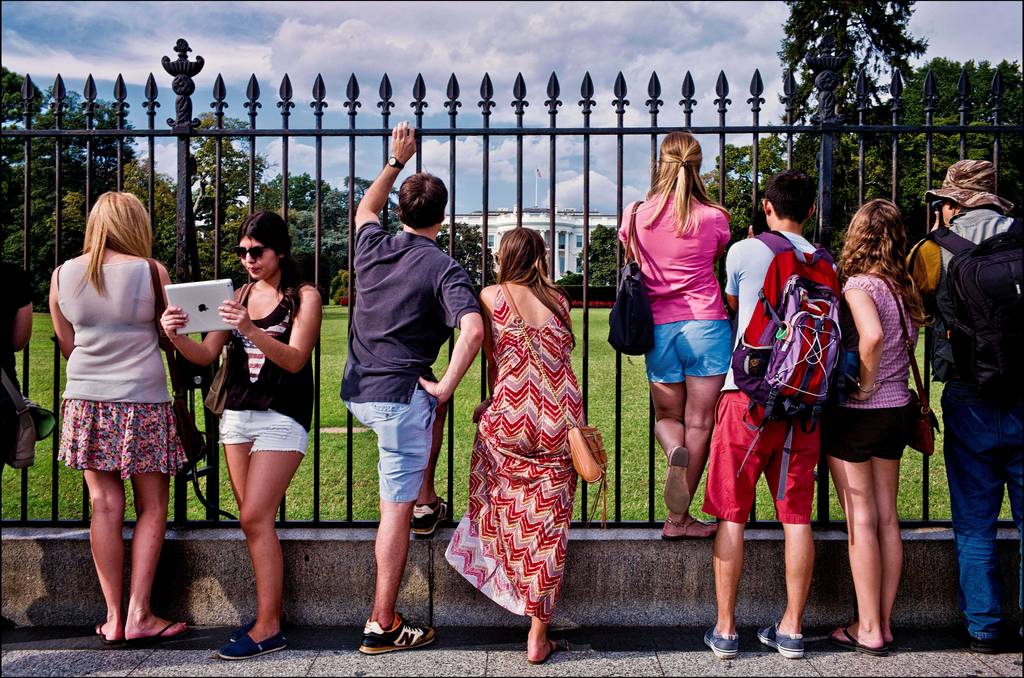Adrian Nettleship
Drowning
Adrian Nettleship’s portrait (below) was selected for the first Portrait Salon in 2011 and he tells us more about the series it belongs to called ‘Drowning’.
‘I started work on this series, titled ‘Drowning’, towards the end of 2010. It was around the time that the Bush administration had been experimenting with different interrogation techniques and recasting the common definition of torture in order to accommodate them. I’d produced a small piece of work for an activist magazine on the subject, but I was concerned that my approach was too literal and I wanted to try something that touched upon the theme without being limited to it. I’d seen Emma Critchley speak about her series ‘The Fear of Falling’, a beautiful set of underwater portraits, although it’s not immediately apparent how they were shot. I’d been inspired by the idea she’d spoken about, simply of exploring how people react when placed out of their element, how the appearance of the face changes underwater and I was keen to experiment with this myself.’
‘I’m a strong believer in the idea that in order to create something that satisfactorily expresses a certain idea, it’s important to take action, even if the initial attempts result in failure. Too many of my own ideas have been set aside because I’ve passed through the stages of initial excitement through to questioning the foundations of the idea without ever trying anything out. I think it was Annie Leibovitz who I first encountered talking about the idea of going back, again and again to the same subject, to refine her approach, all the time gaining familiarity. It’s a very different approach to the constraints of commercial work where getting results first time are essential. Through the process, something often emerges which can be carried forward, and so the two motivations above formed a basis for experimentation.’
‘I borrowed a small fish tank and asked for volunteers, and it quickly became apparent that the total internal reflection that arises from shooting a subject in the denser medium of water allows for a great deal of control if the lights are placed in the less dense medium of air. The sidewall of the tank became a large soft light source and anything not in the water received very little light at all. It also became quickly apparent that I would need seriously to consider a risk assessment. Water, electricity, glass and people all in one place carry considerable possibility for problems. We went through a good many revisions of the instructions we gave our subjects to get the desired result – variations on asking people to hold their breath repeatedly, taking in only the air they needed. I had quickly abandoned the somewhat reckless idea of jumping on an unwitting subject while their head was submerged, in an attempt to capture their resulting panic. There are limits.’
‘The final step once we were satisfied in principle was to build a fish tank large enough to give space around the subject for the shot, ordering panes of glass cut to size, fixed together with silicon sealant. I was very fortunate to be able to call upon a wood turner friend with considerable carpentry skill who built an over engineered stand to hold the tank, with a window in the bottom to shoot through. As a tank of water gets larger, the weight grows exponentially, which proved to be a limiting factor on how big we could build. We eventually settled on an estimated weight of 150kg for the water alone.’
Adrian Nettleship is a photographer based in East London. He has been working professionally in stills and video since 2005 and clients include The Wire Magazine, RWD Magazine, Tate and Lyle, and Christian Aid.
adriannettleship.com
@anettleship
James O Jenkins
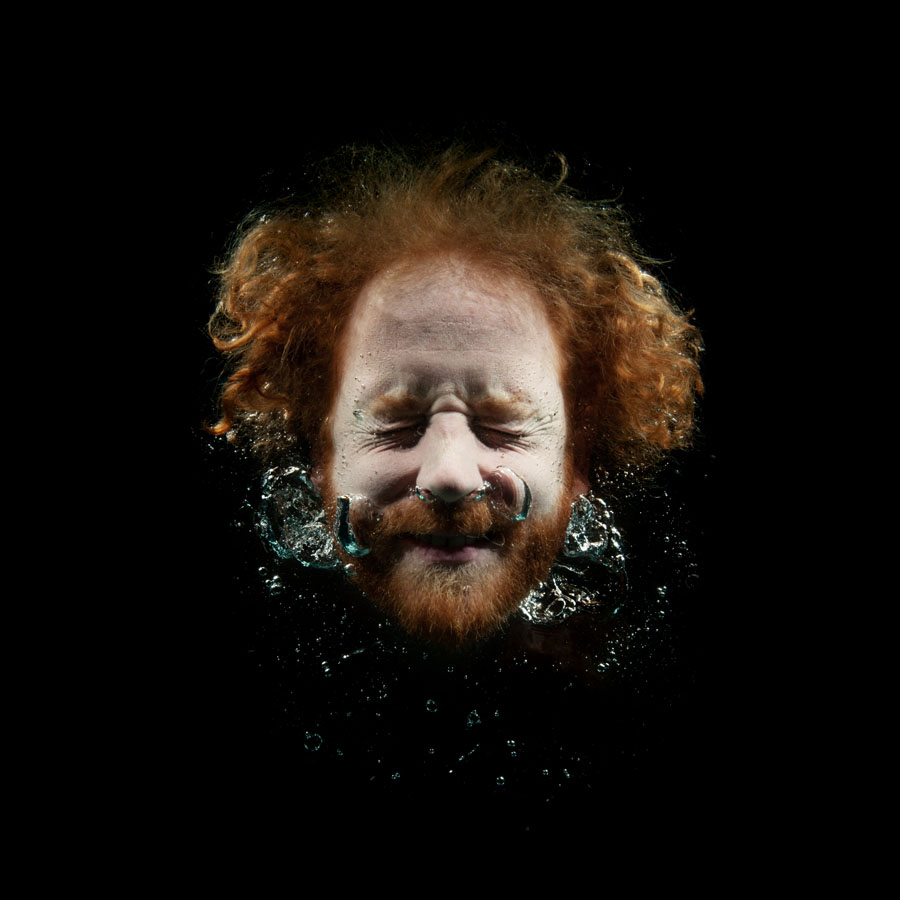
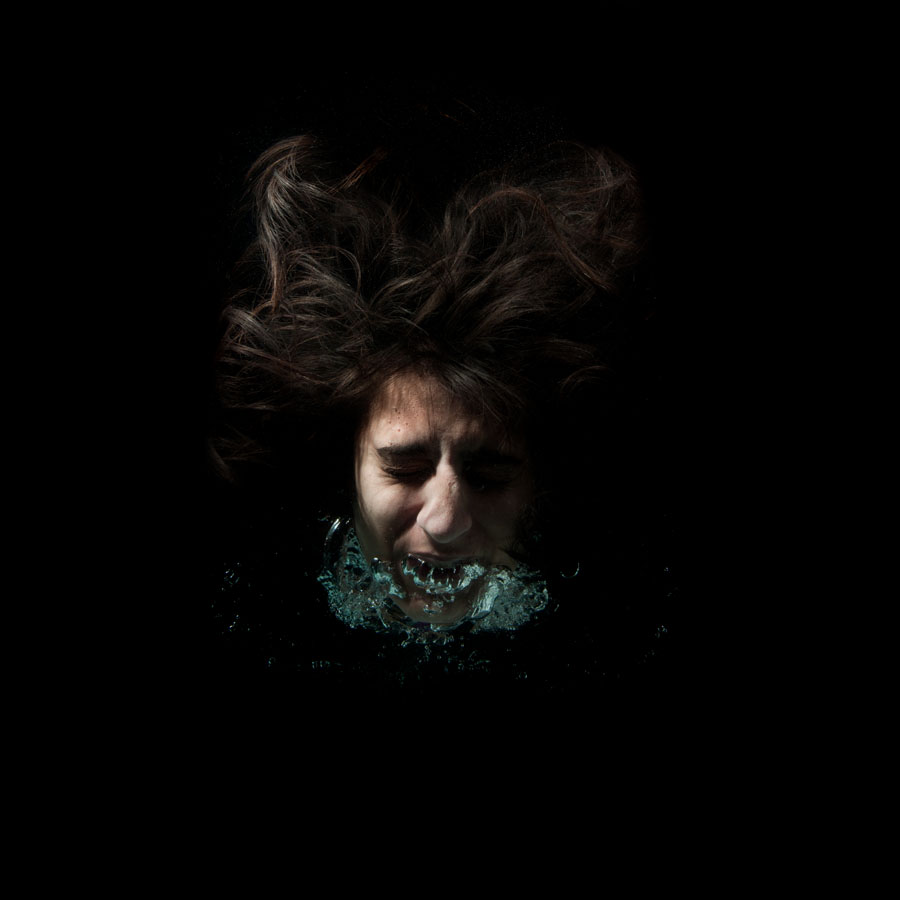
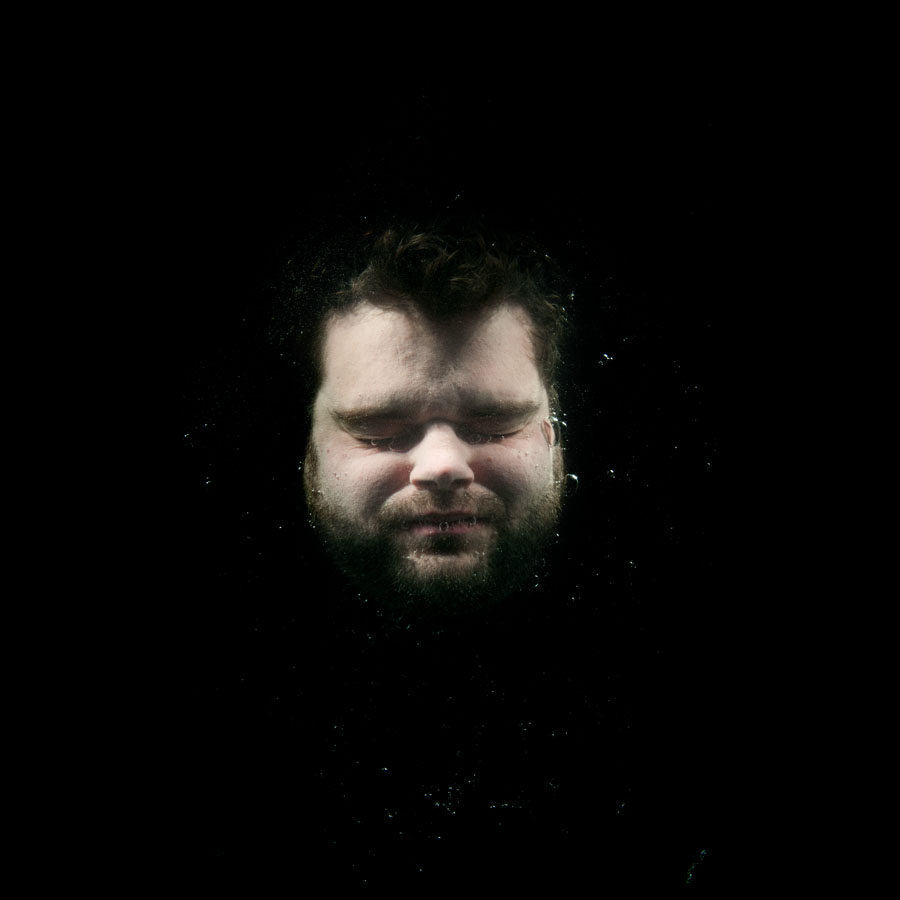
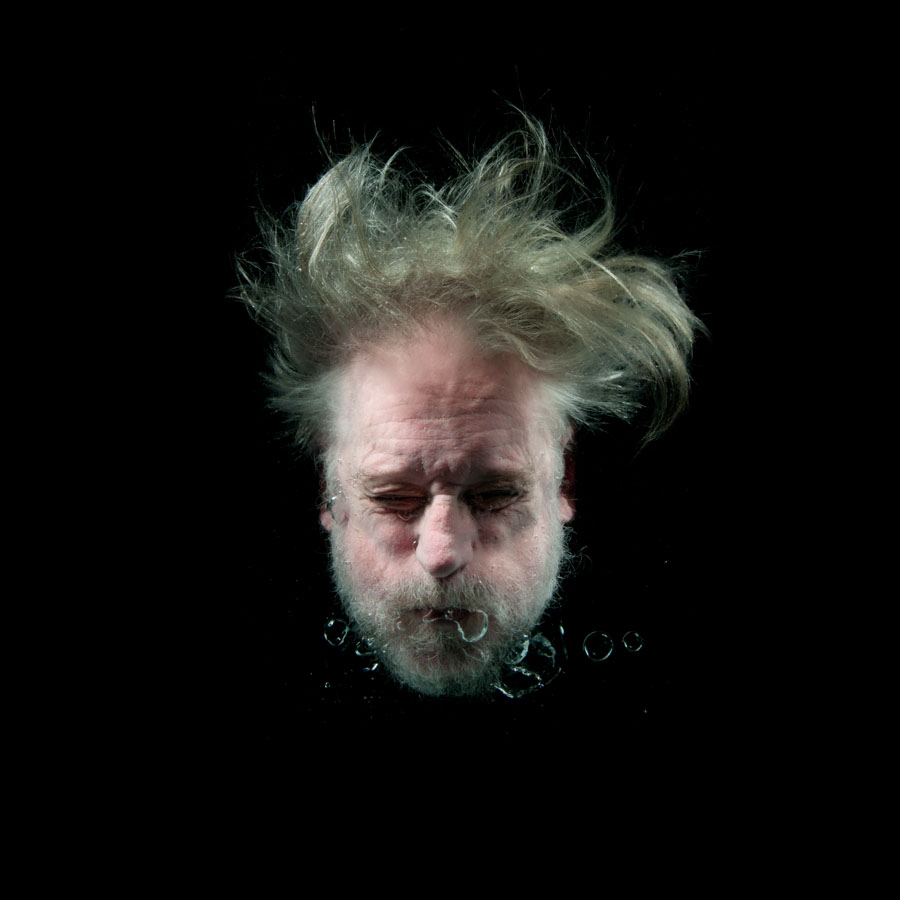
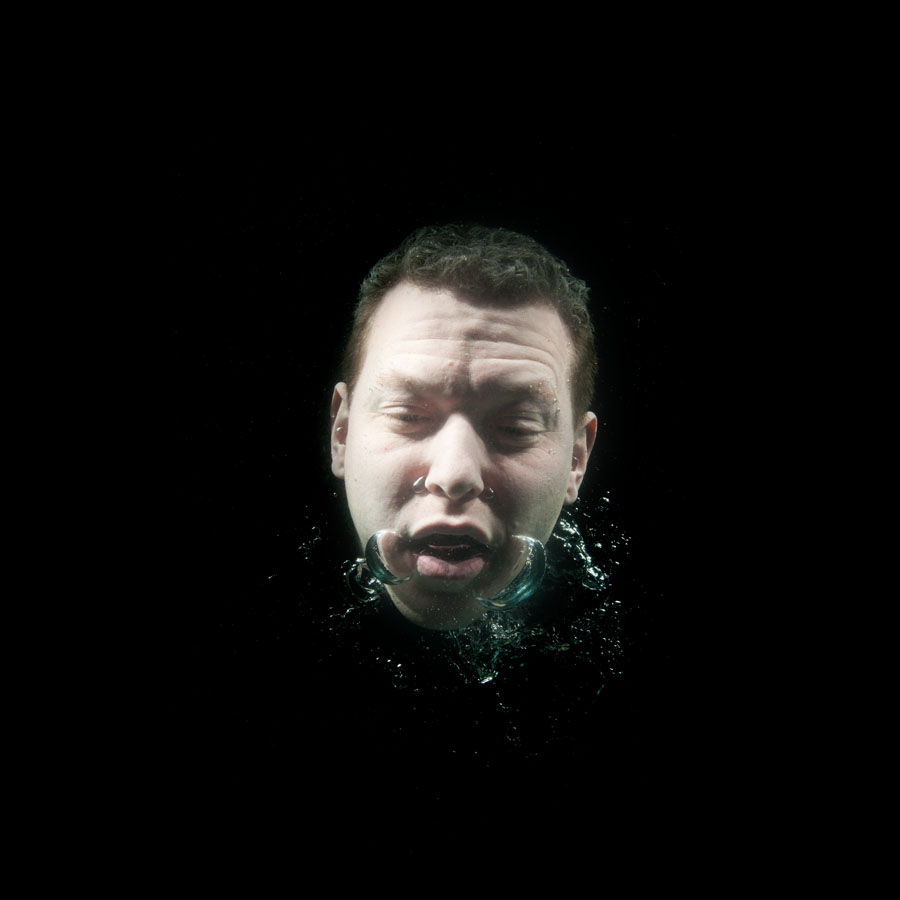
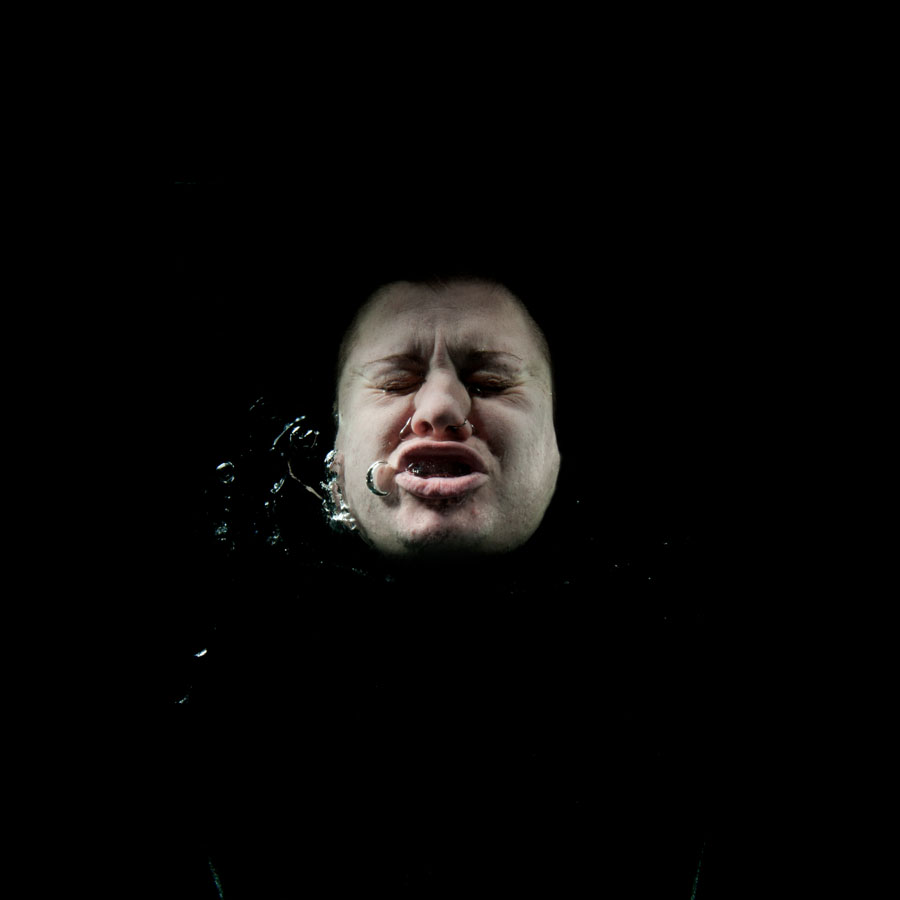

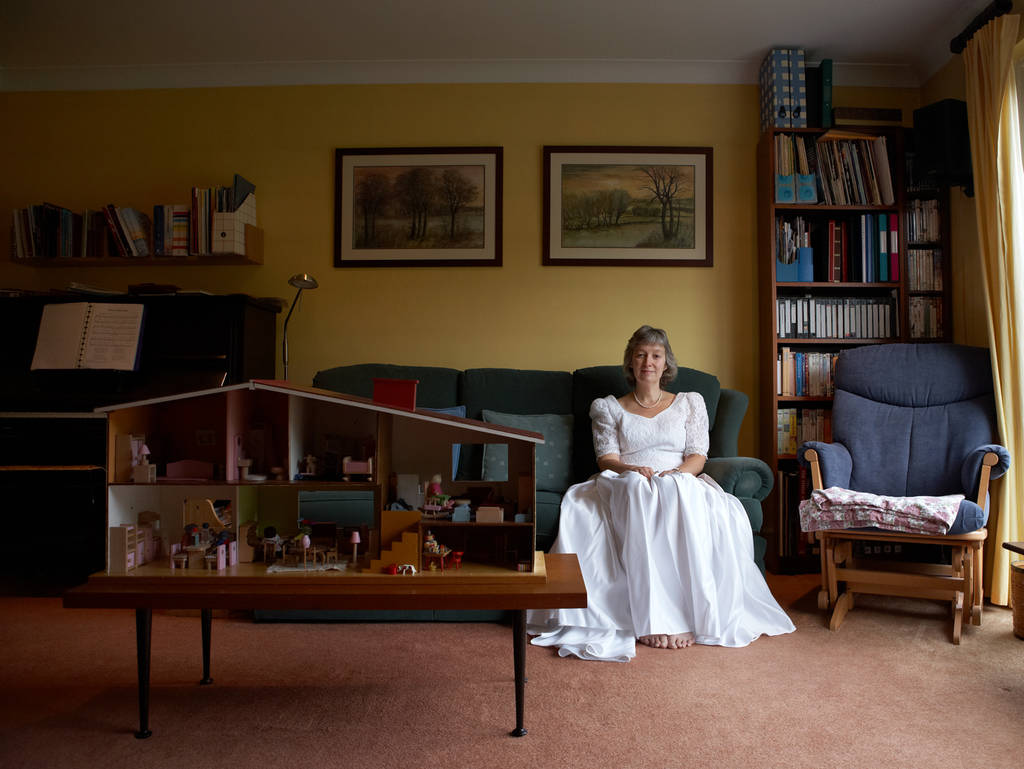

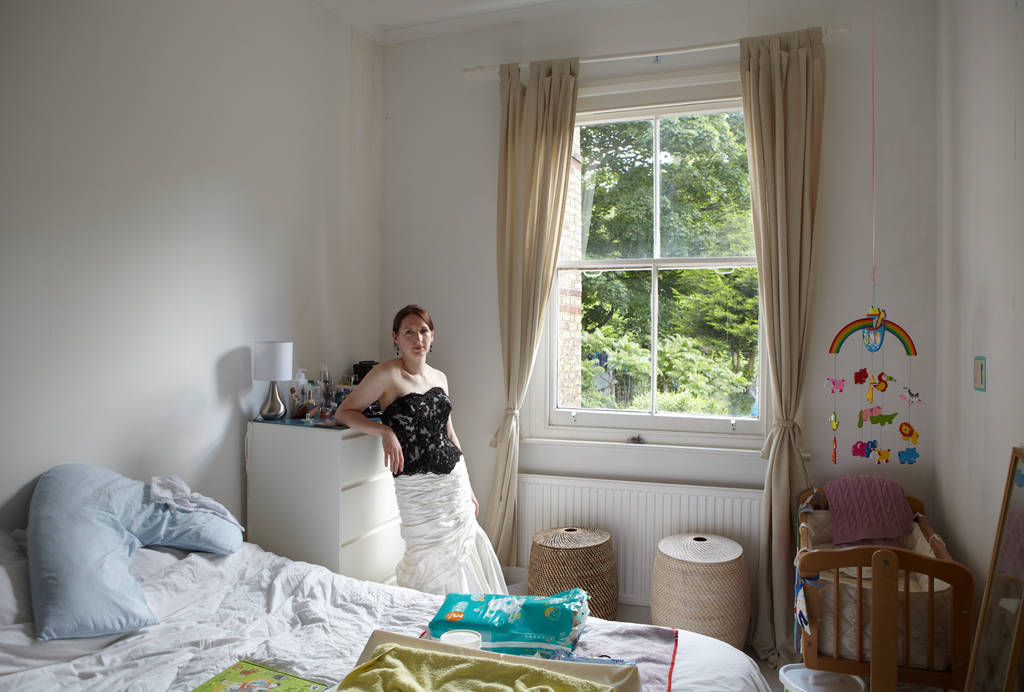
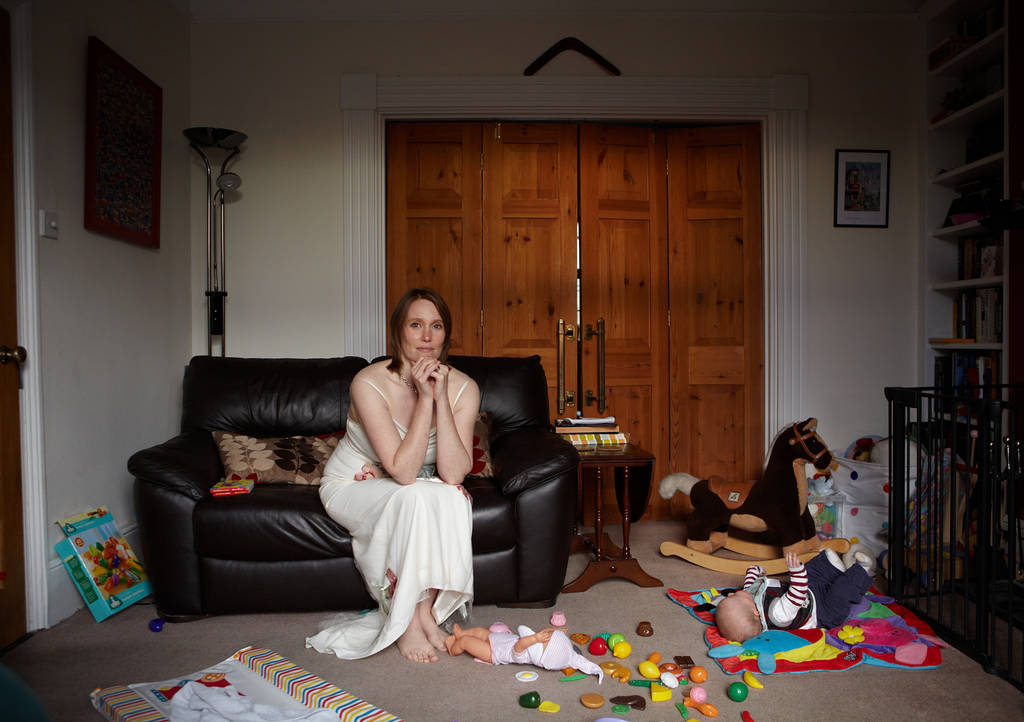
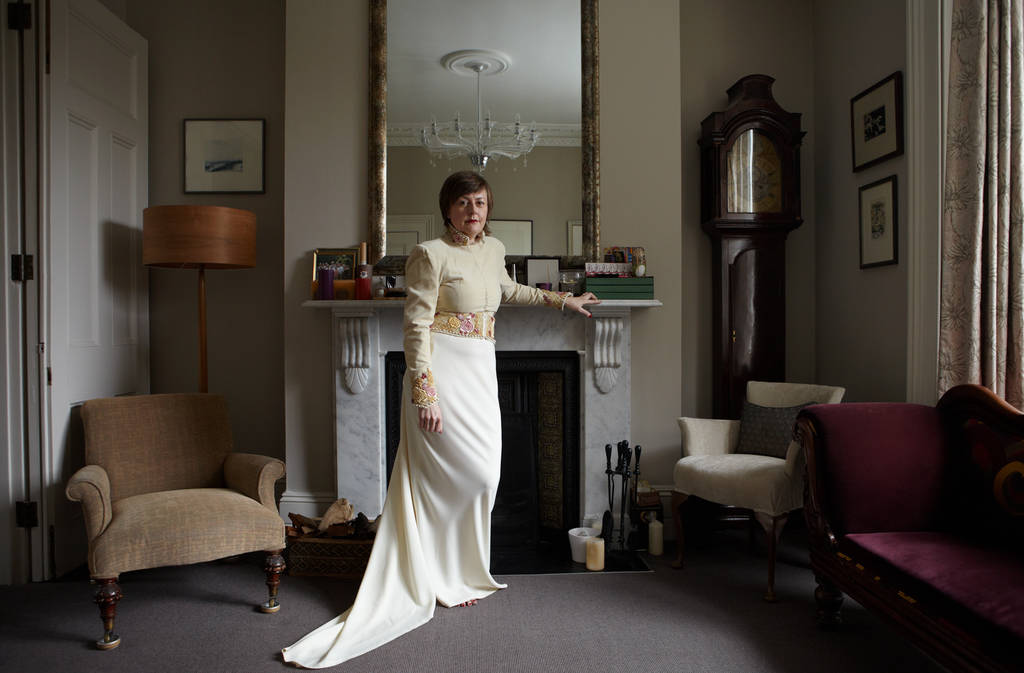



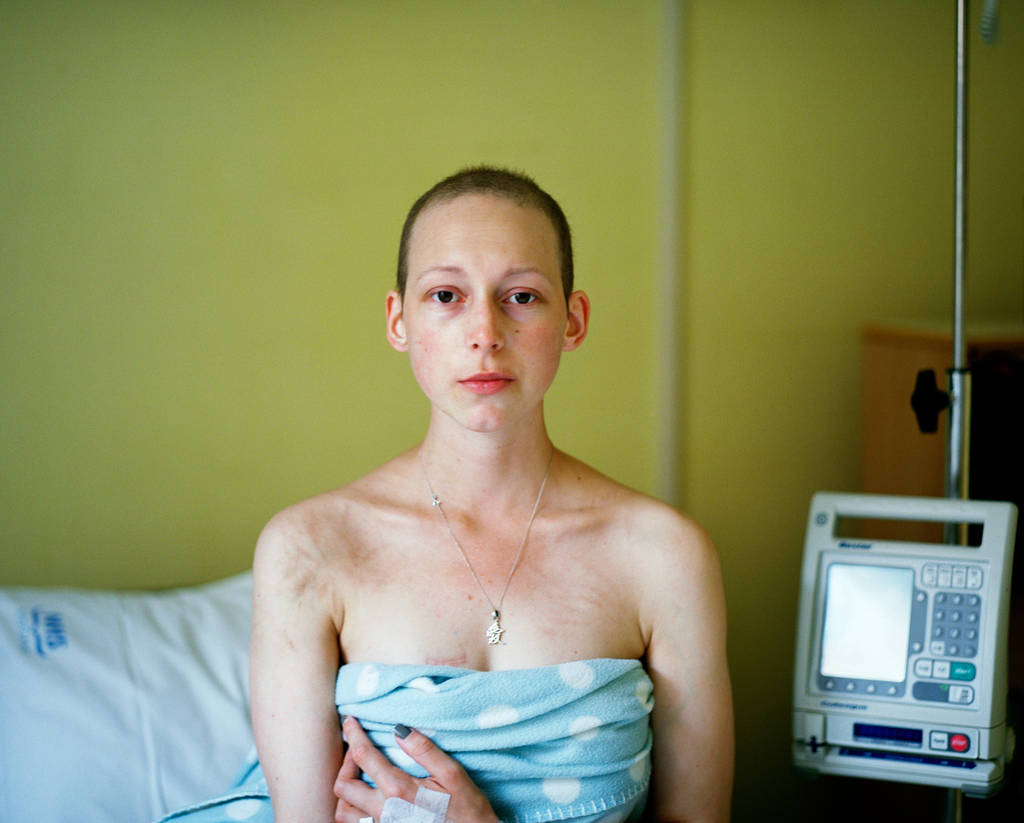

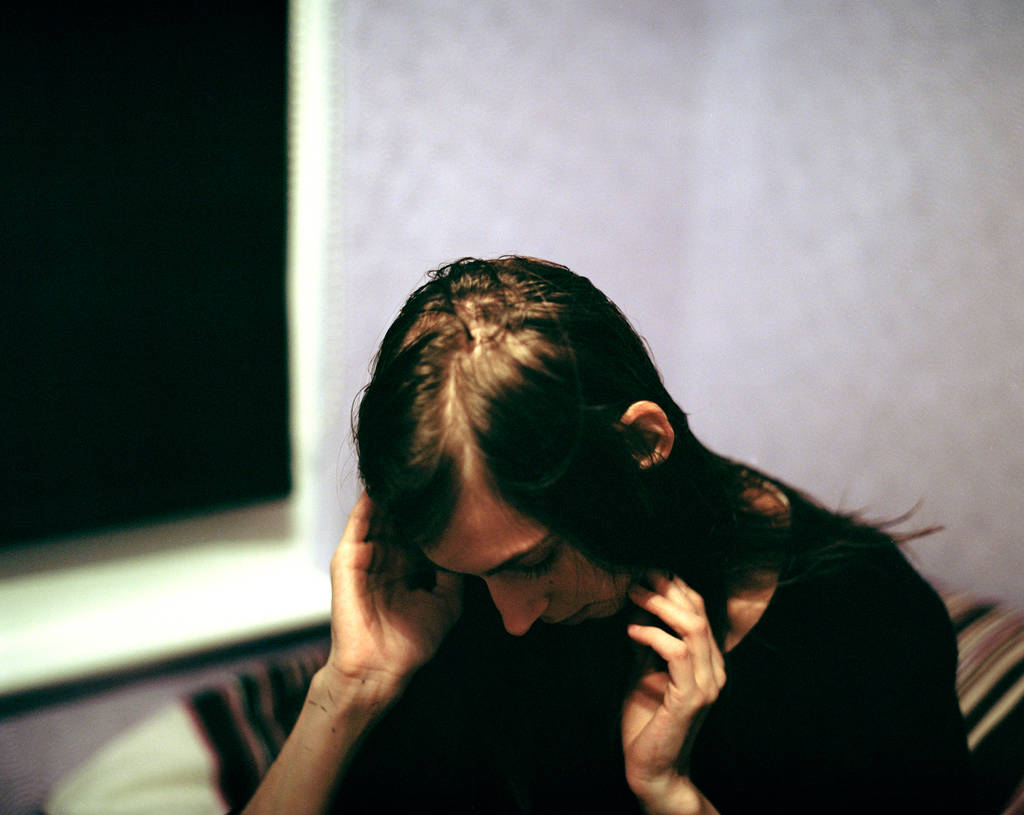
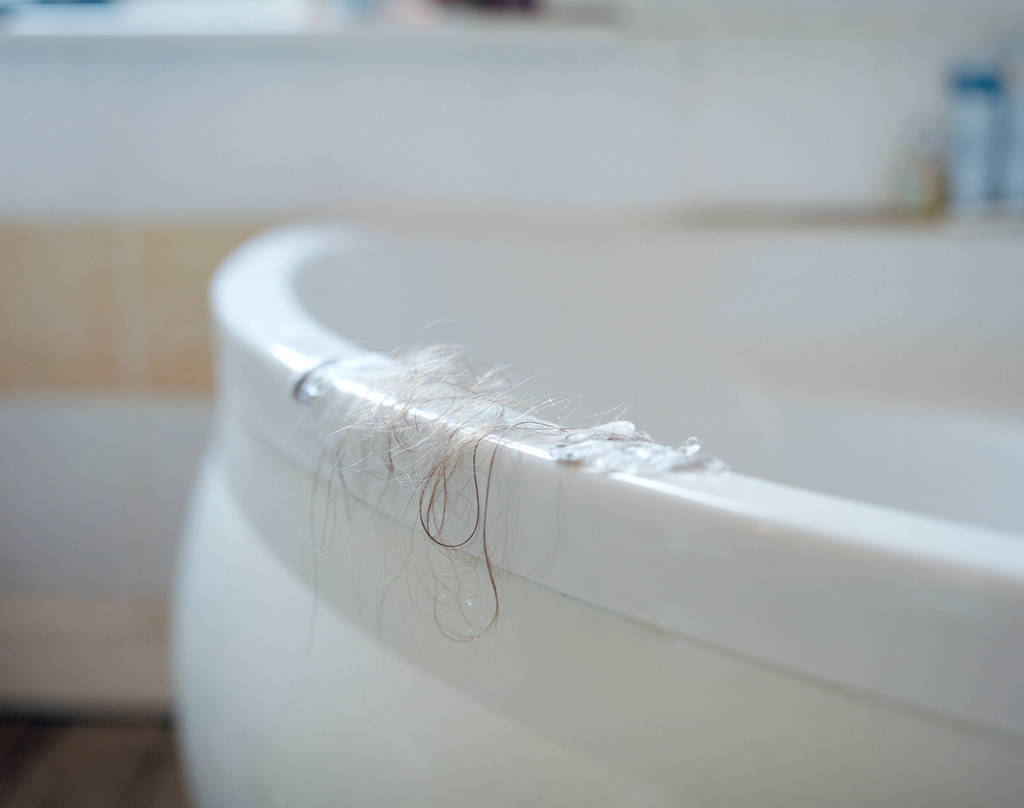

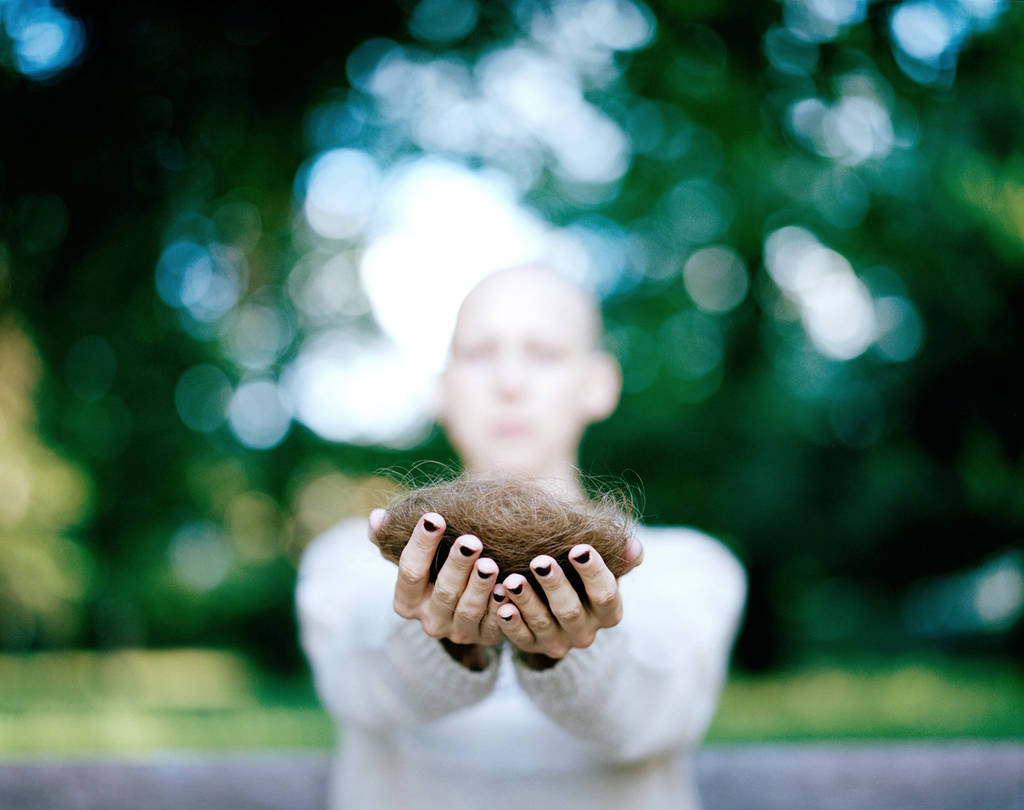


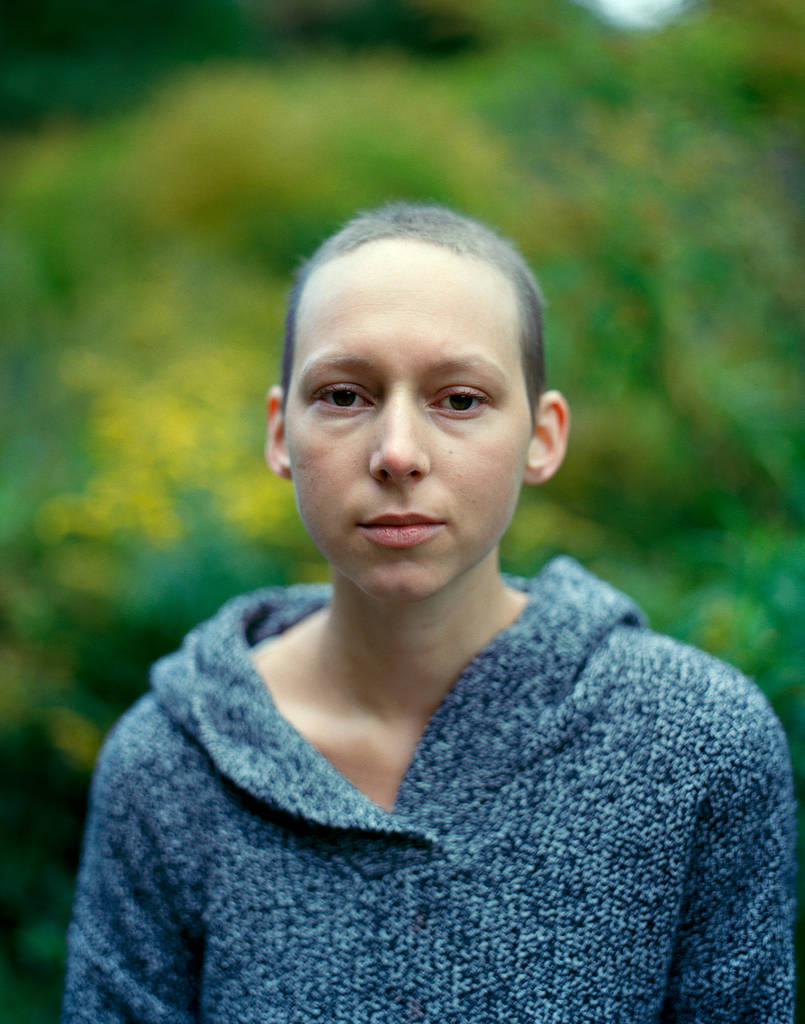
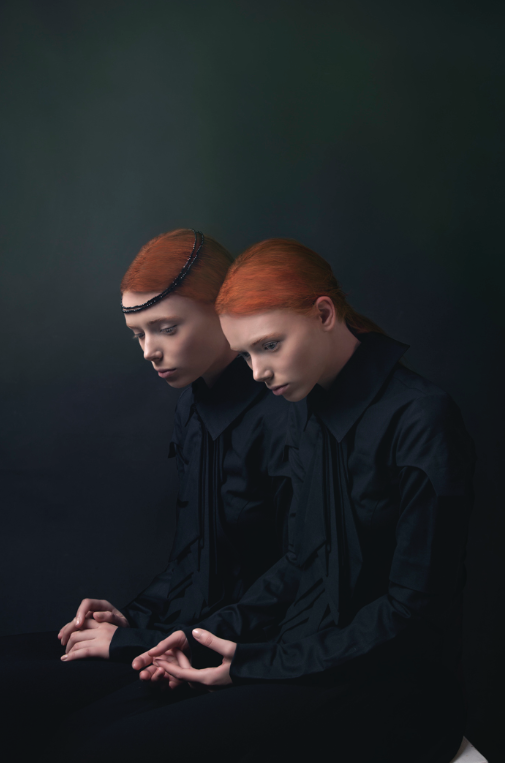
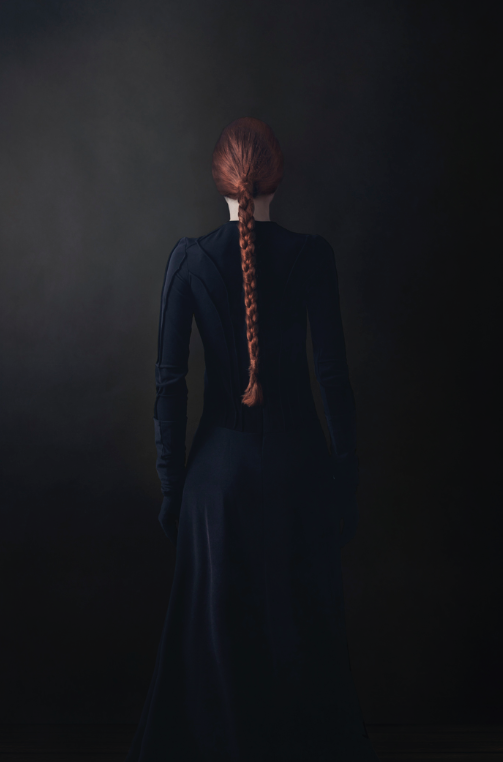
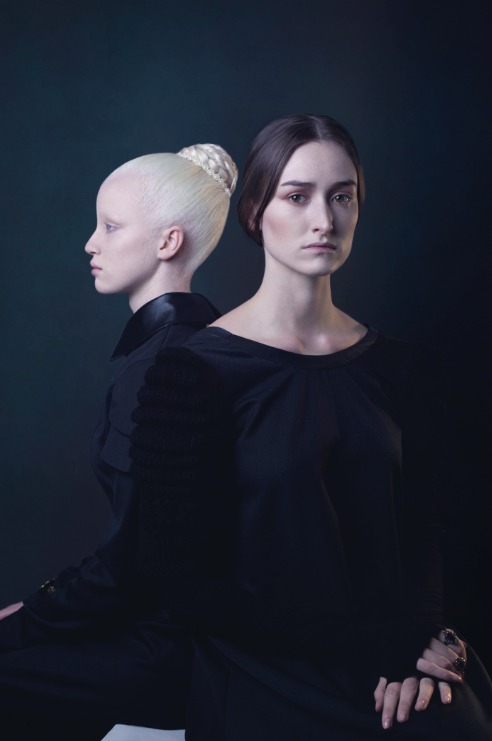
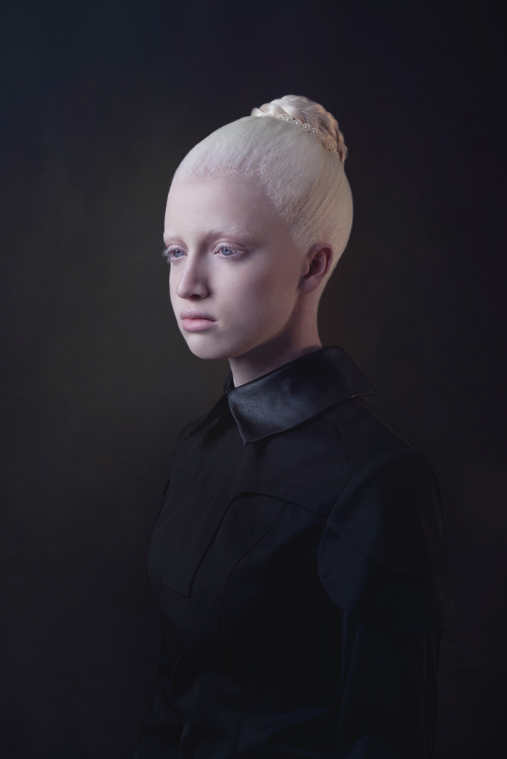


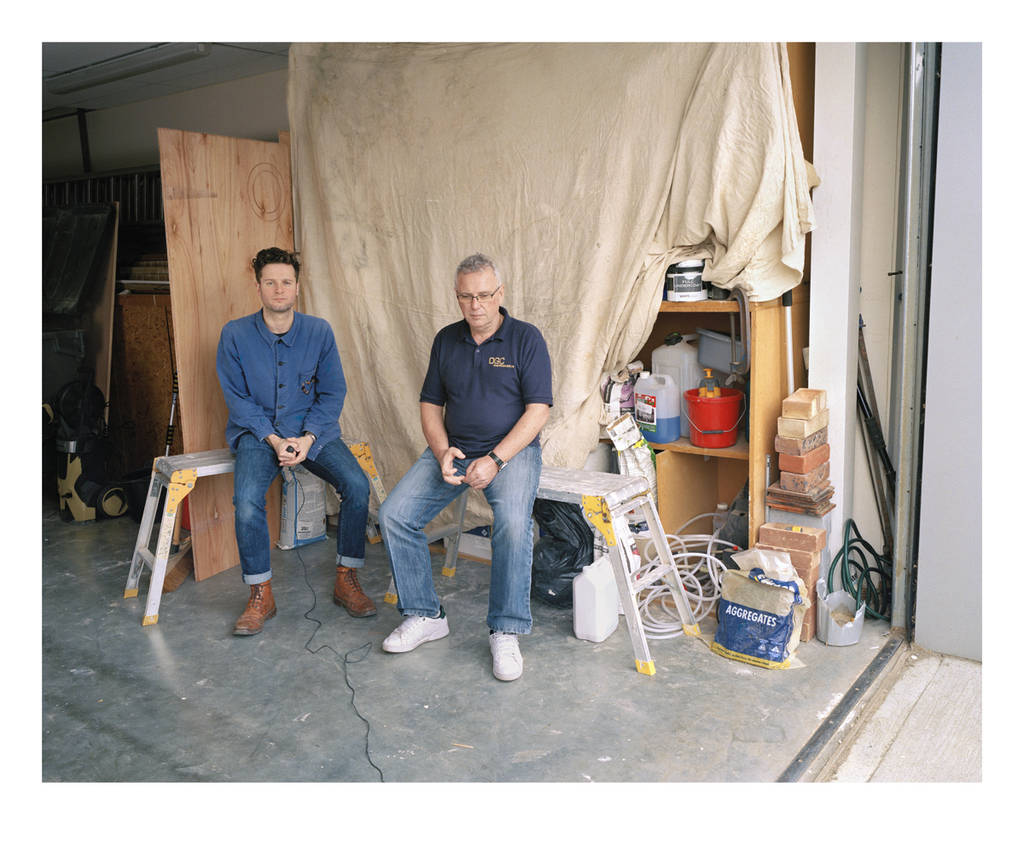
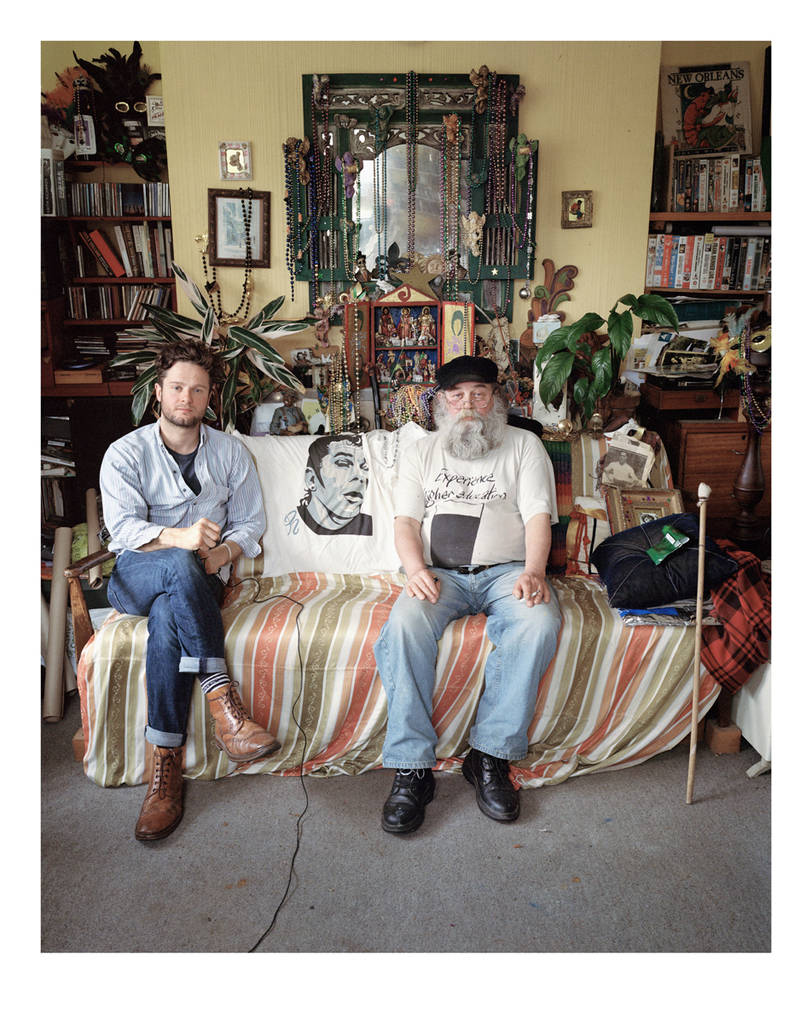


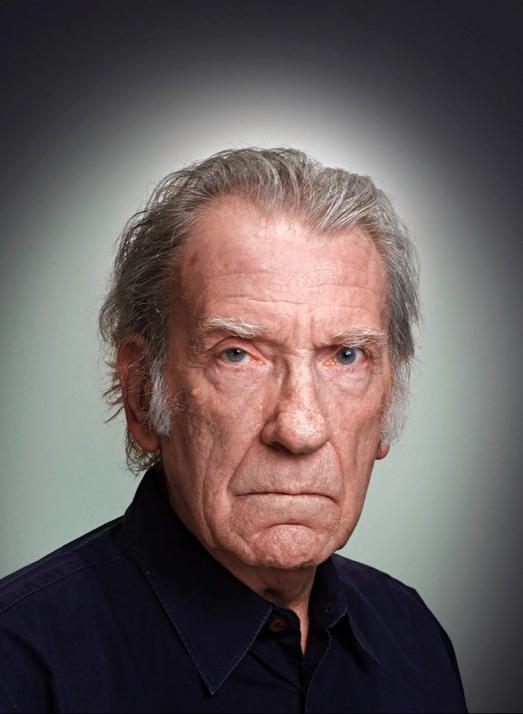


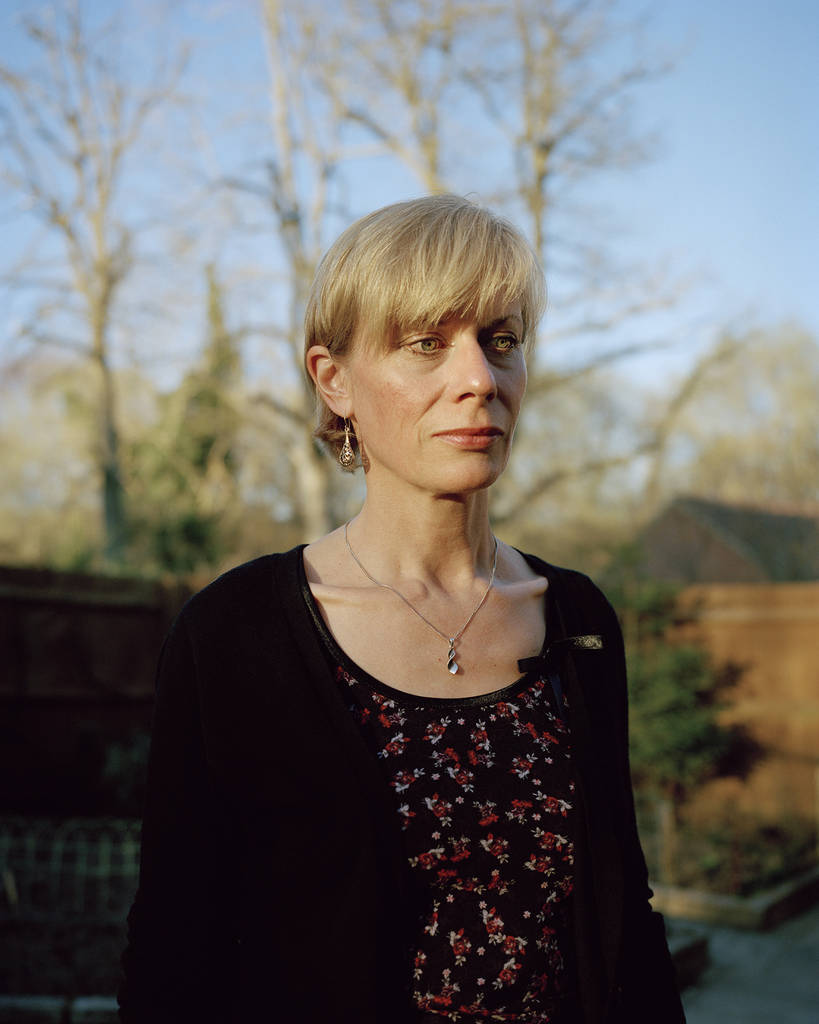
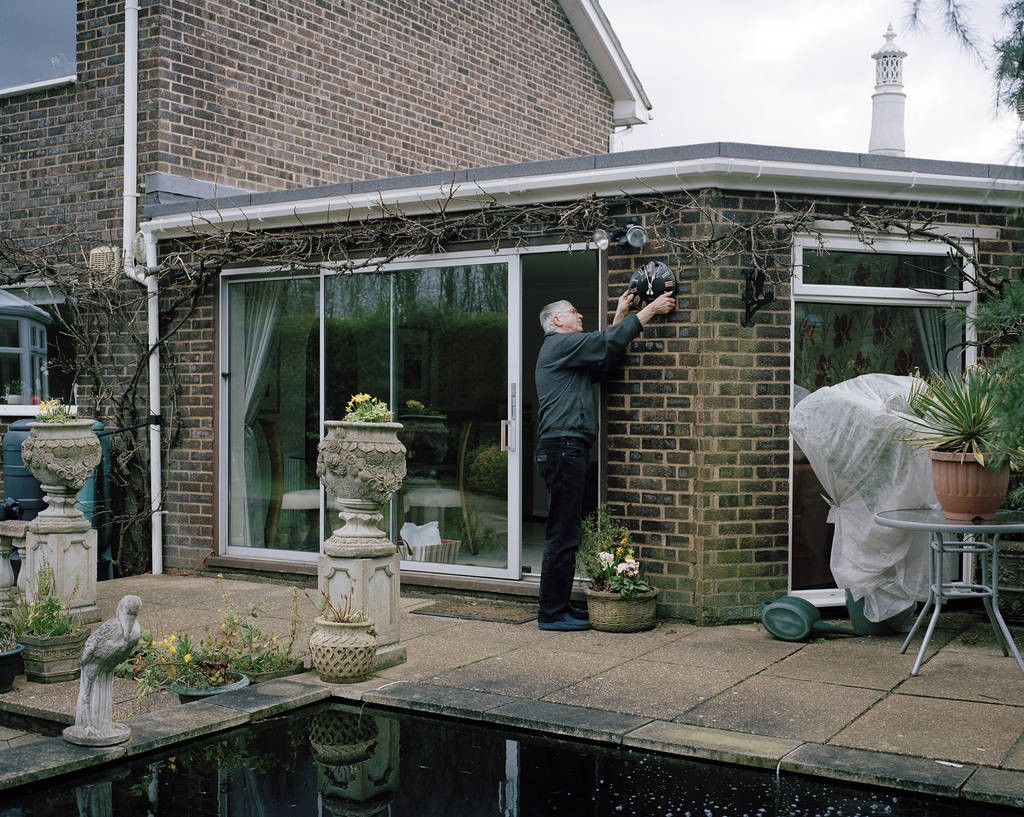

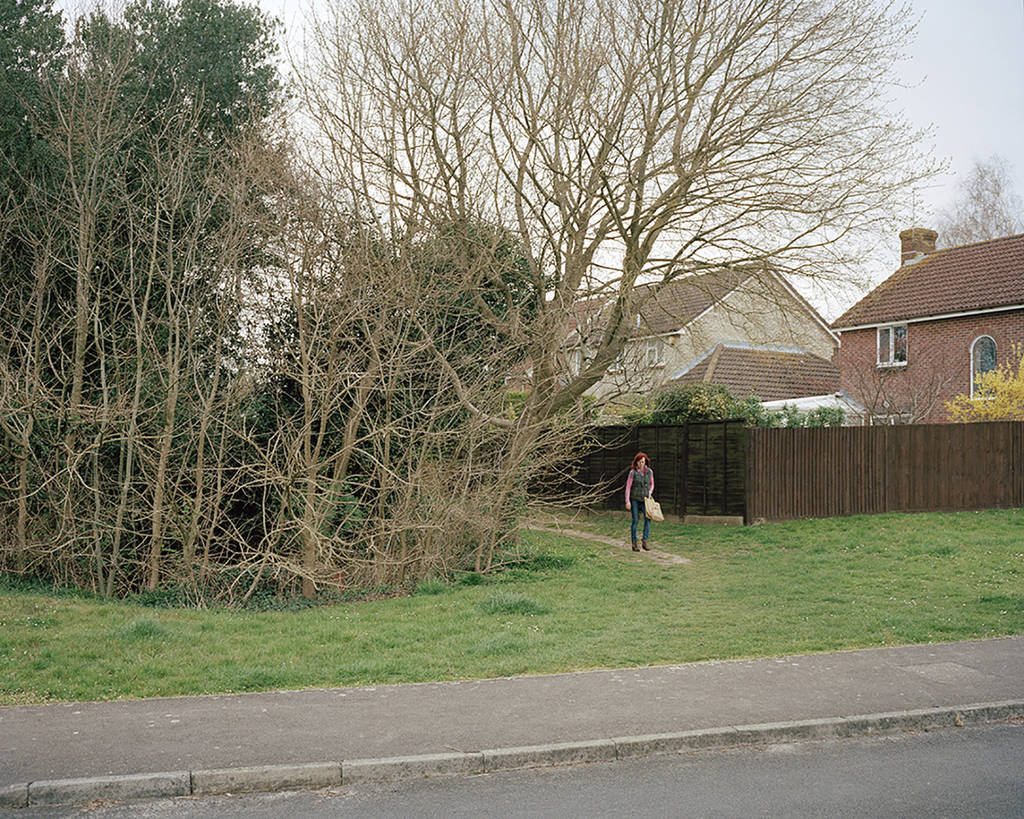


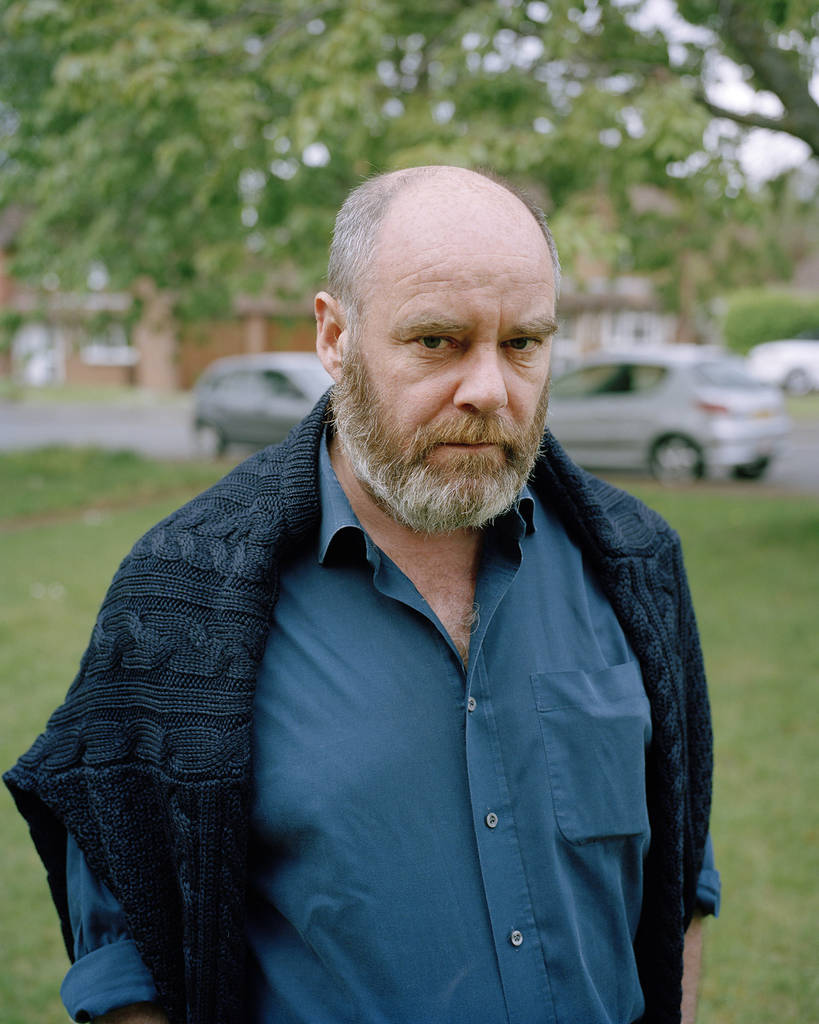

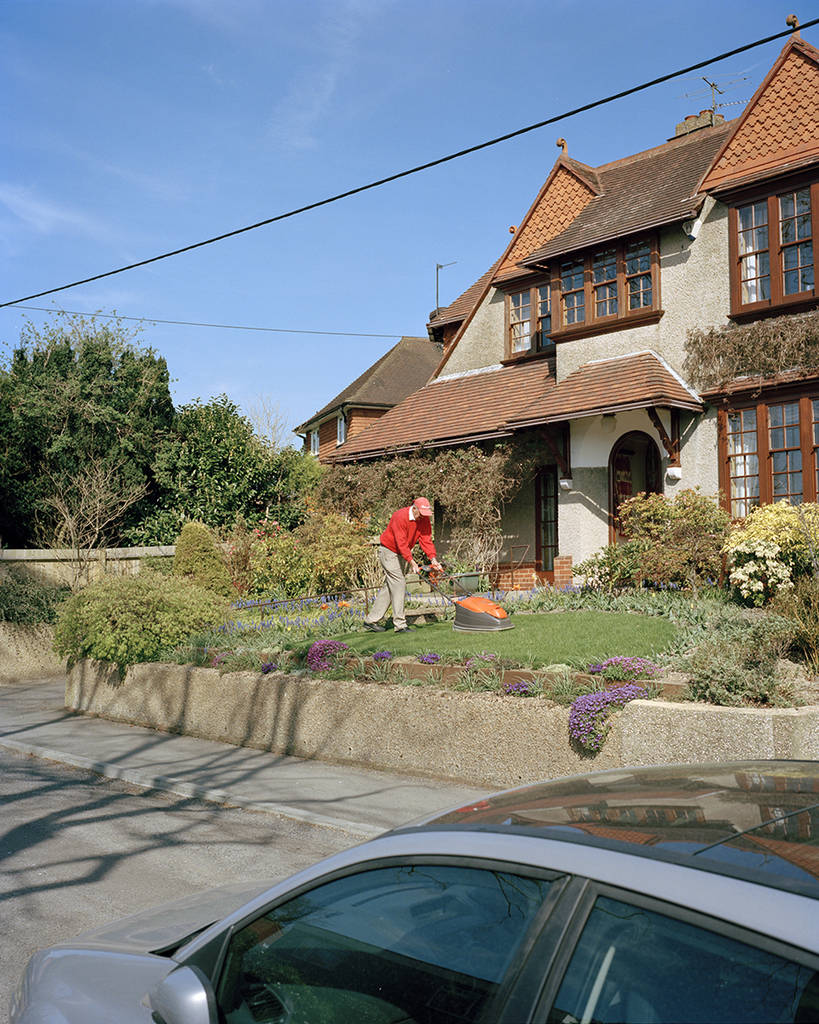


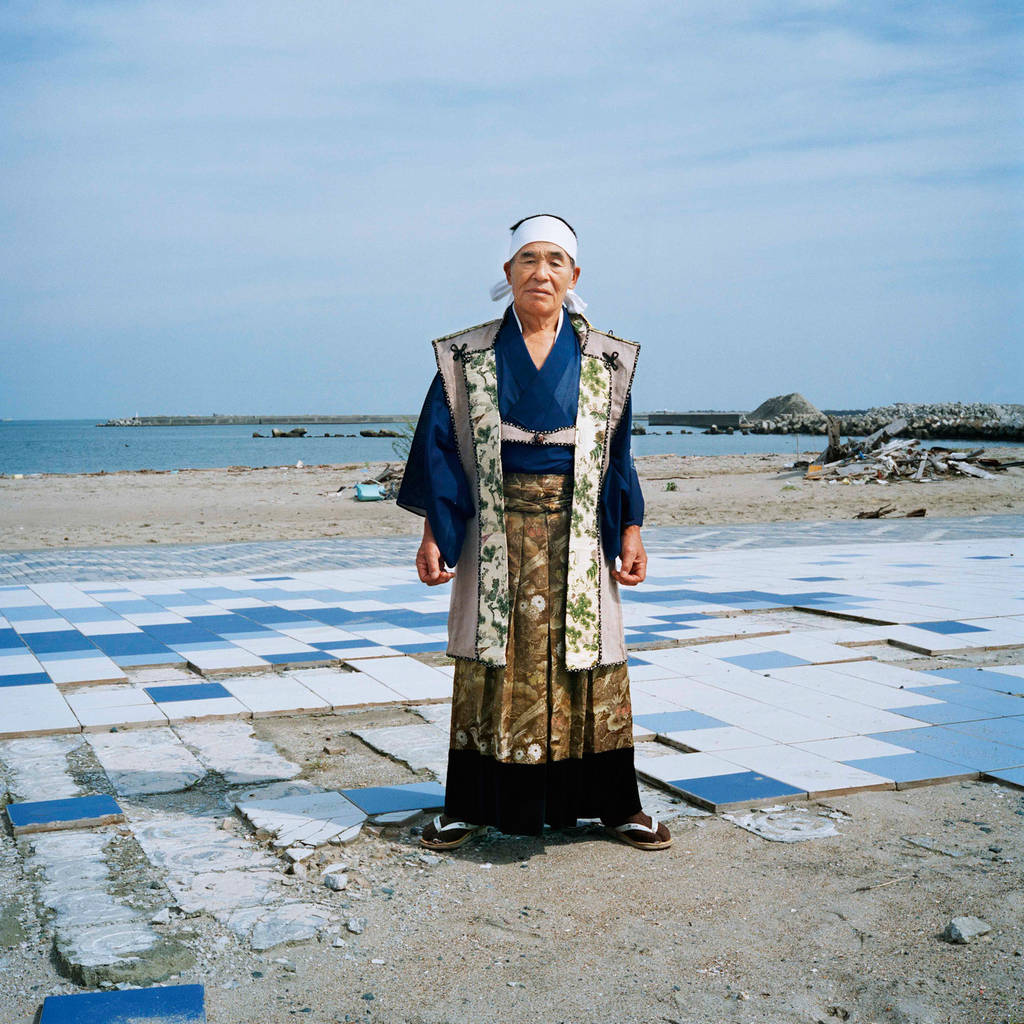
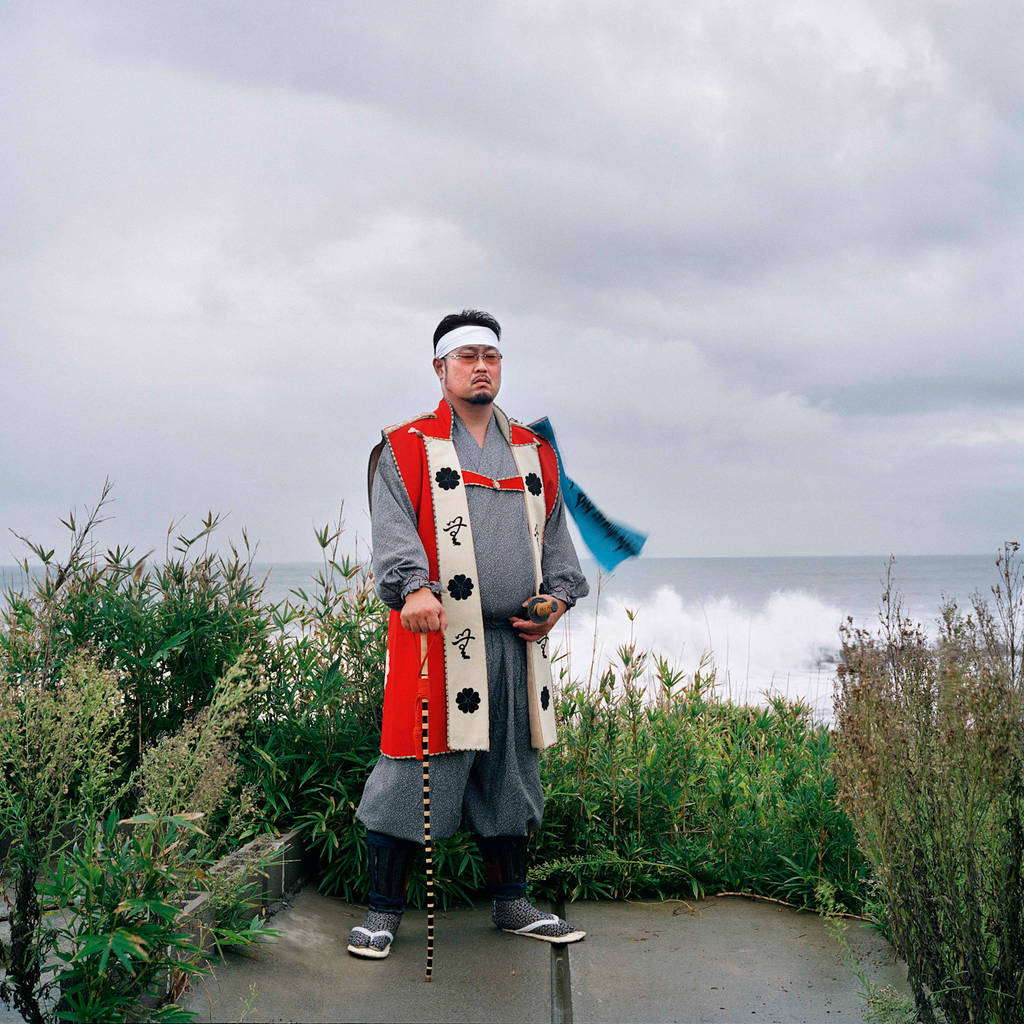
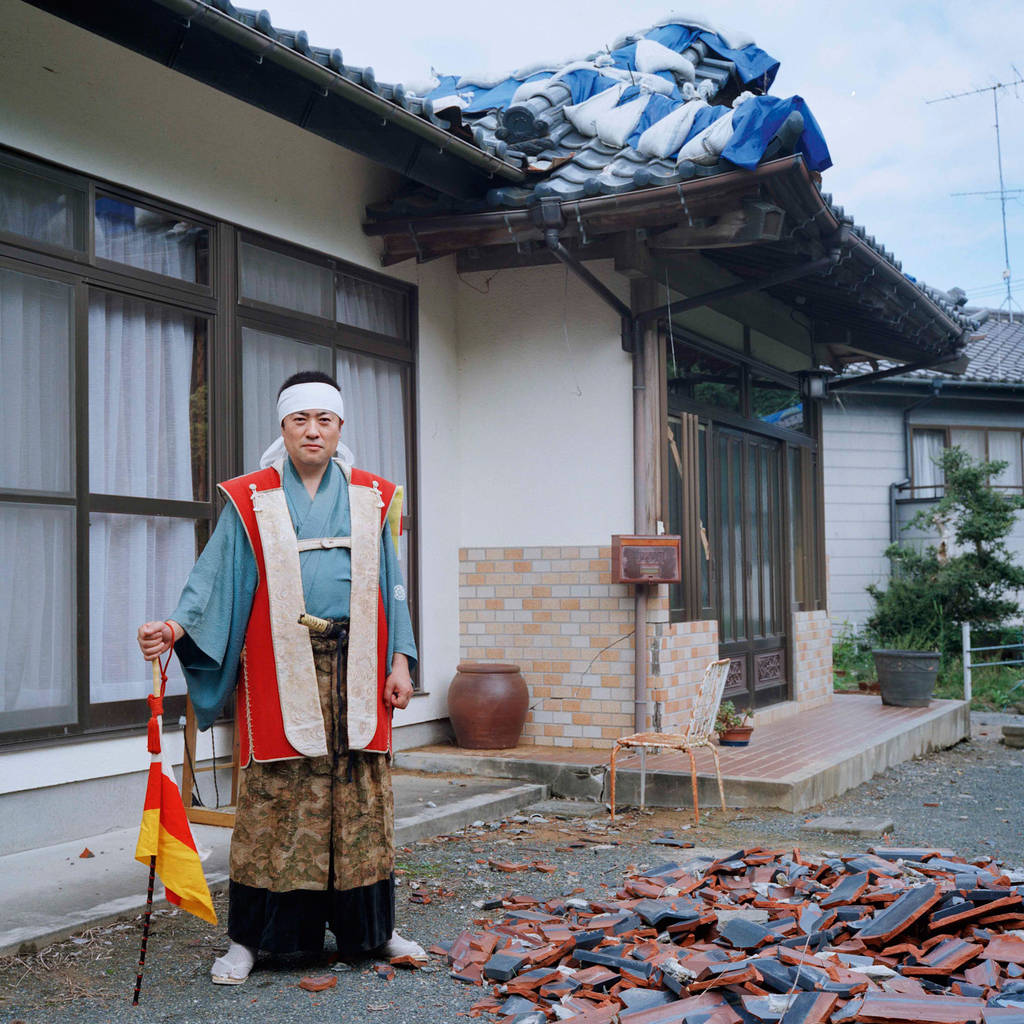
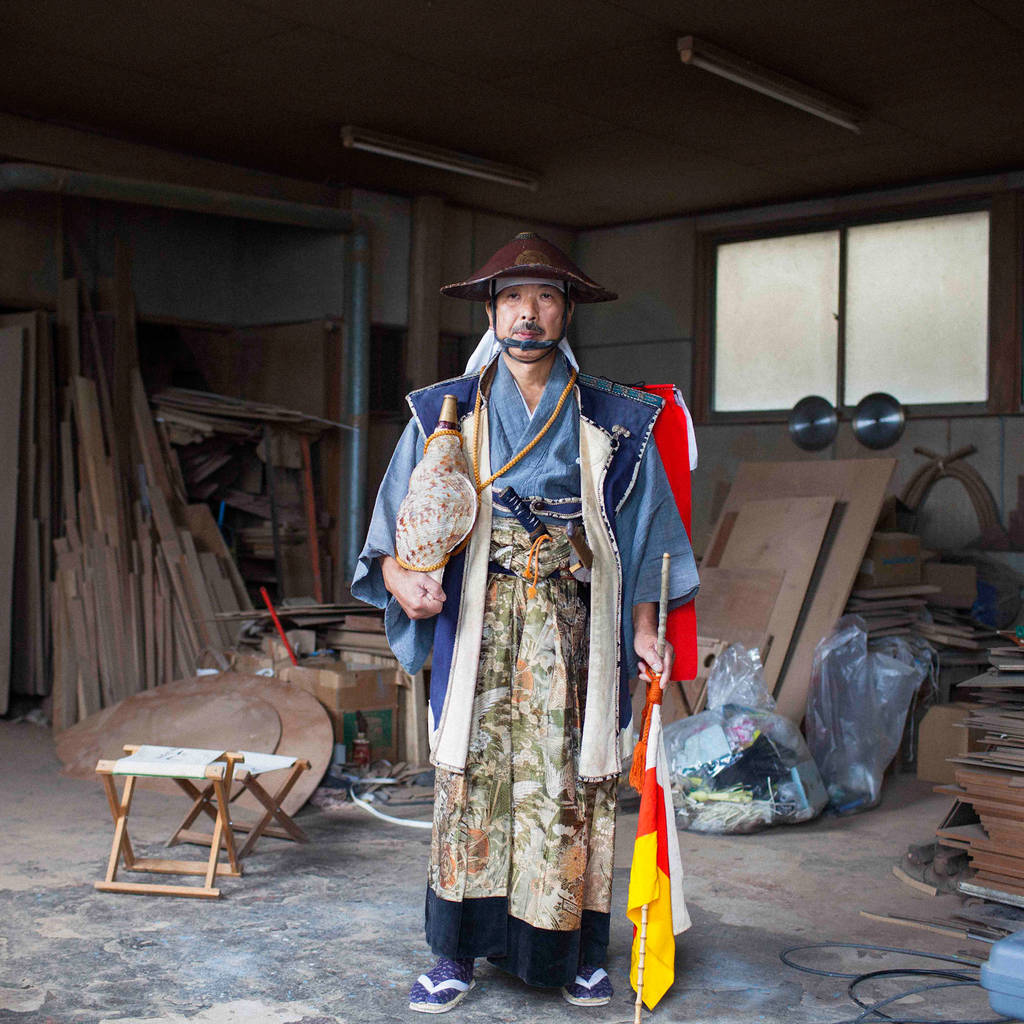
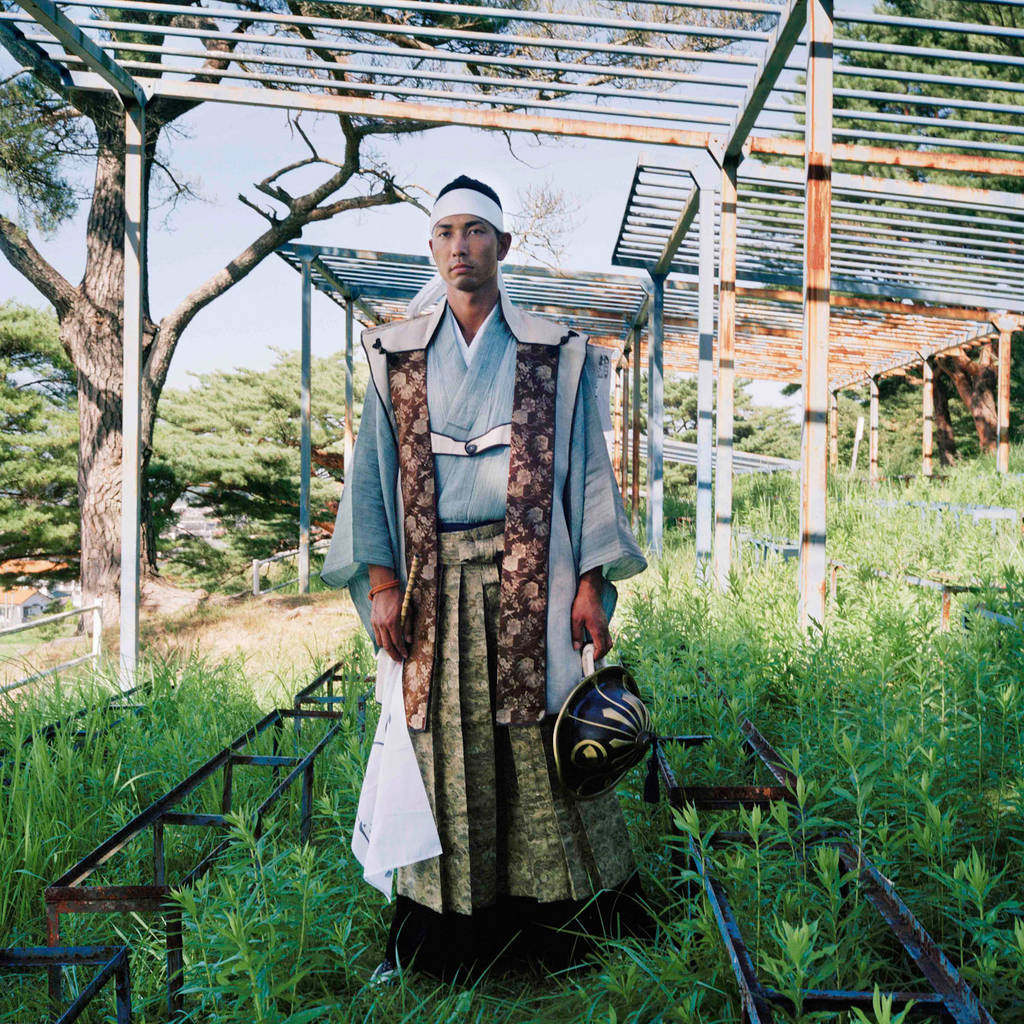
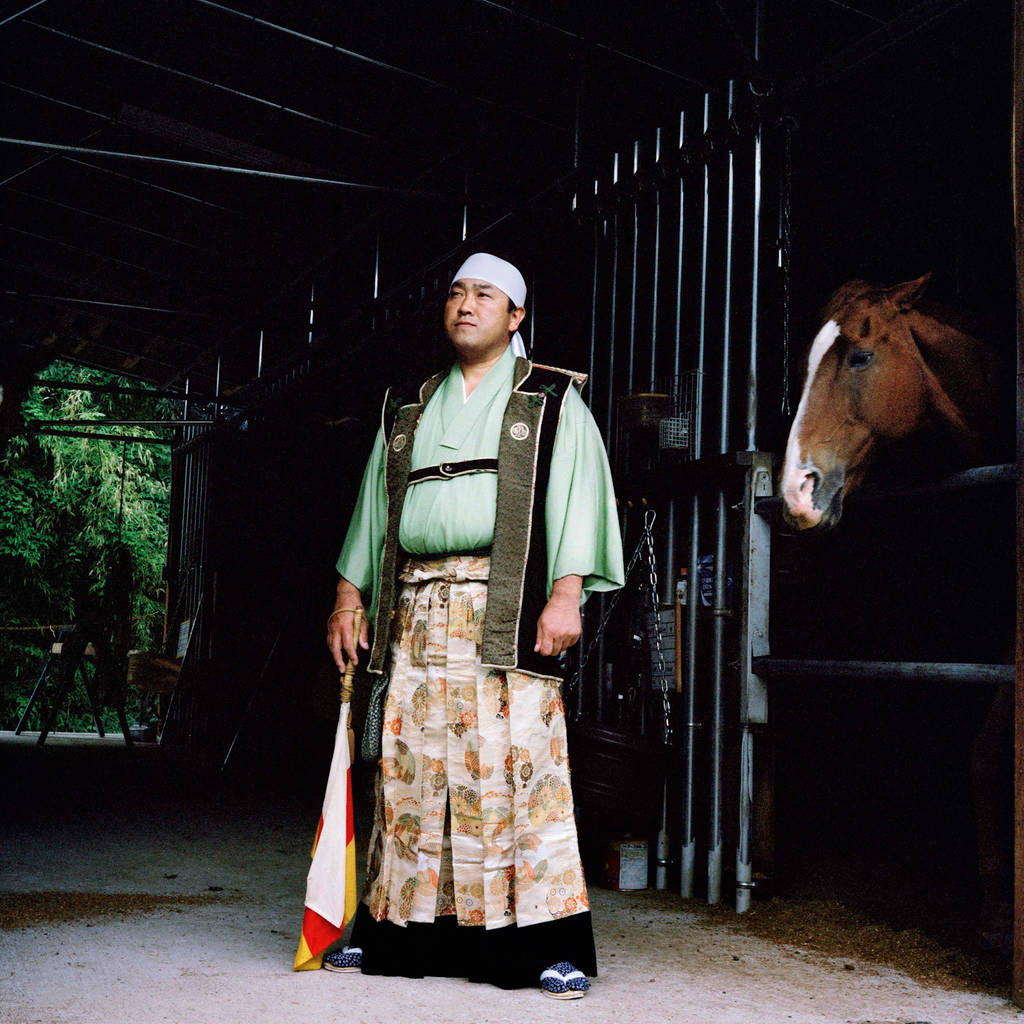
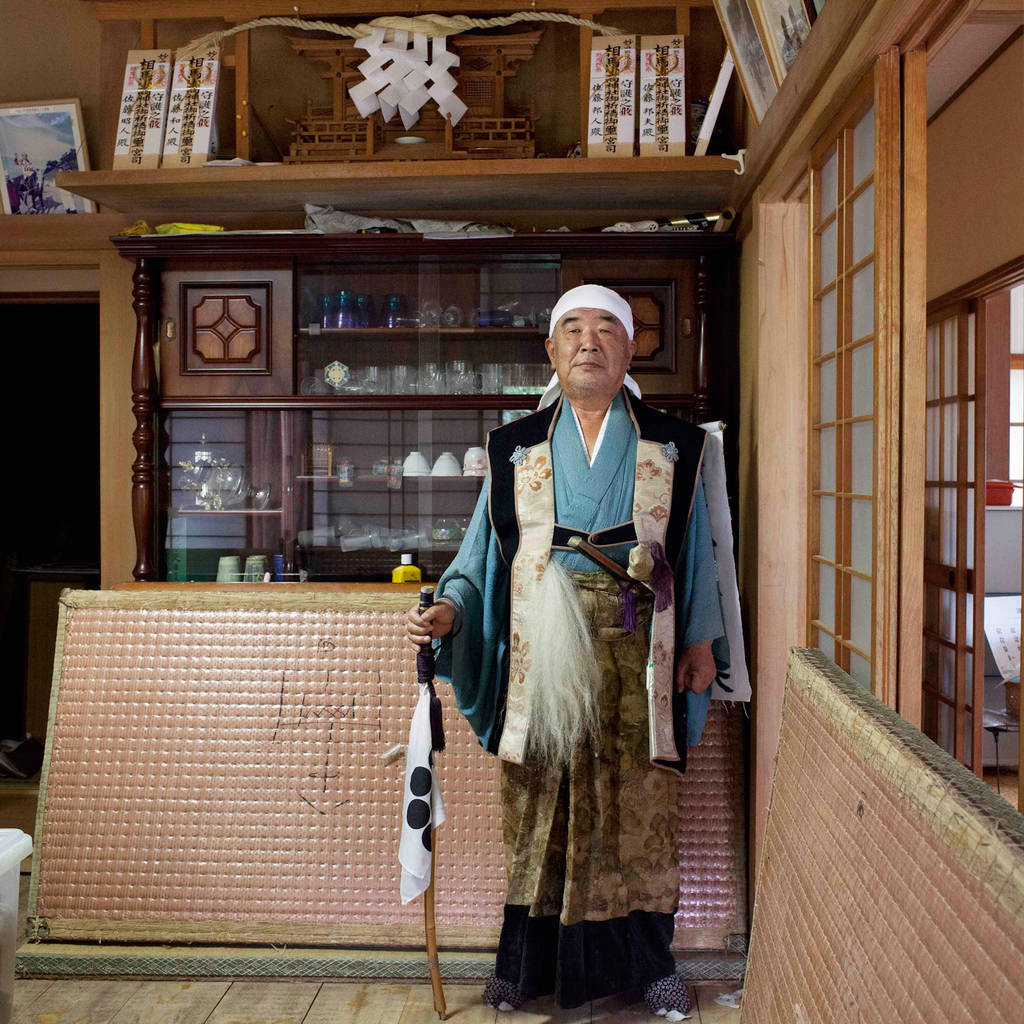
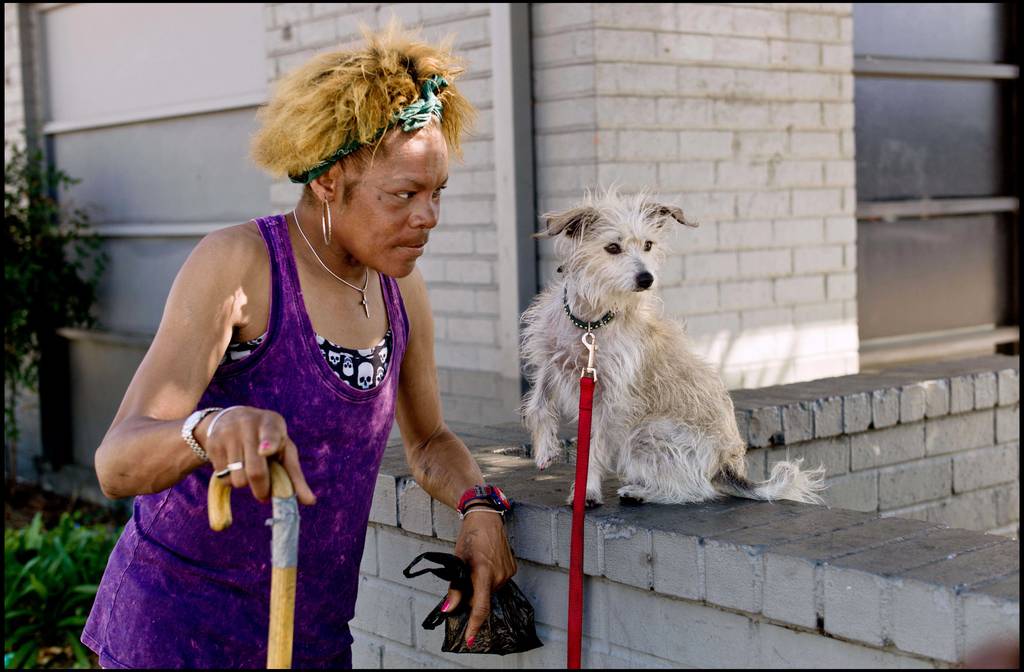
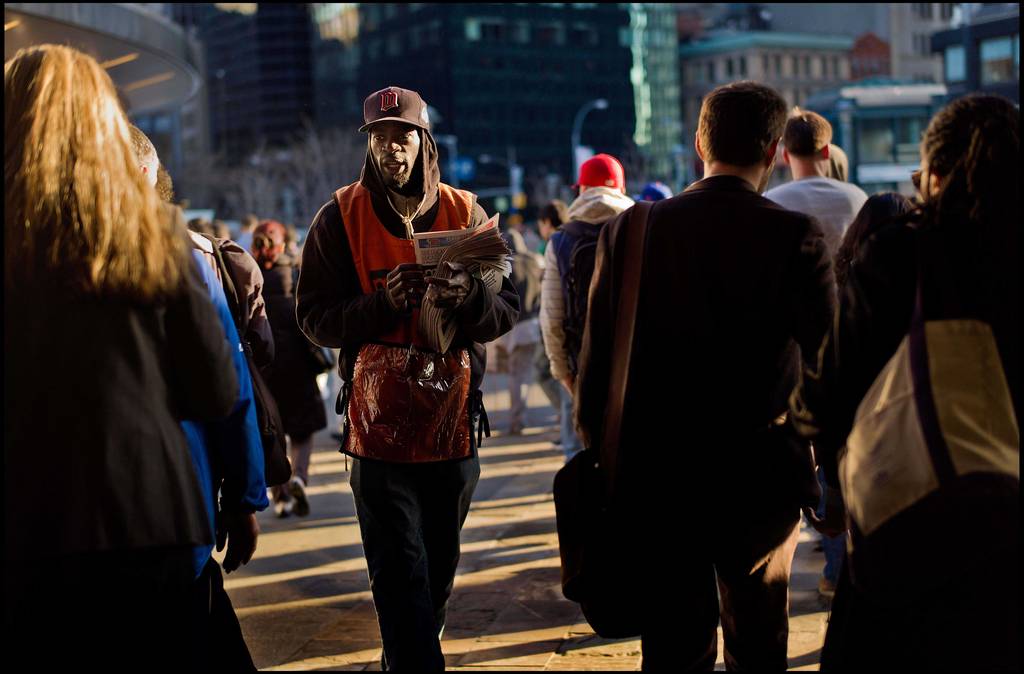
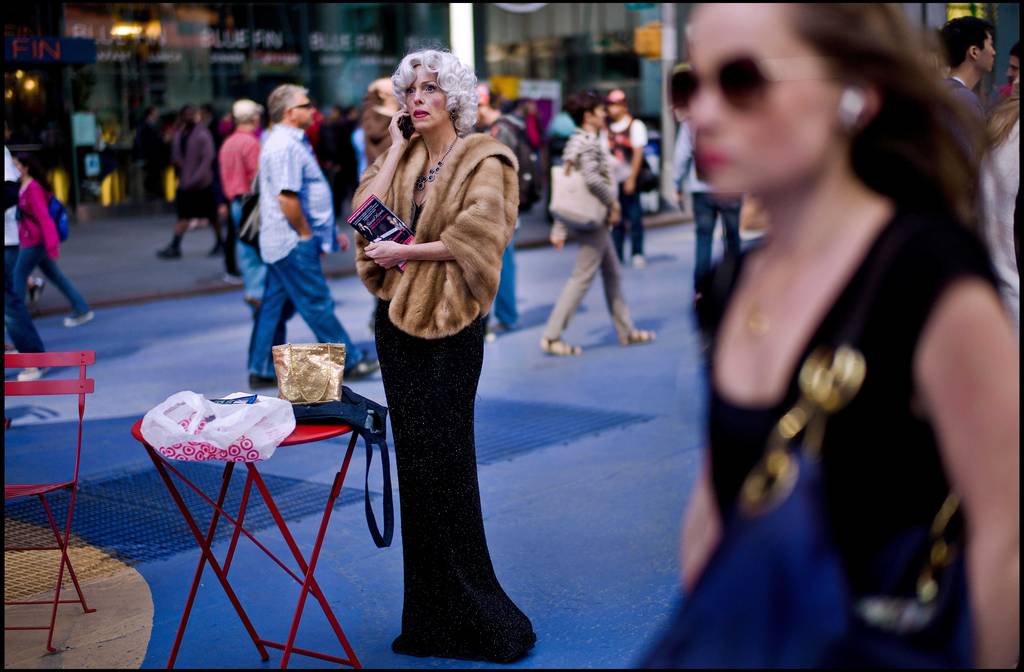
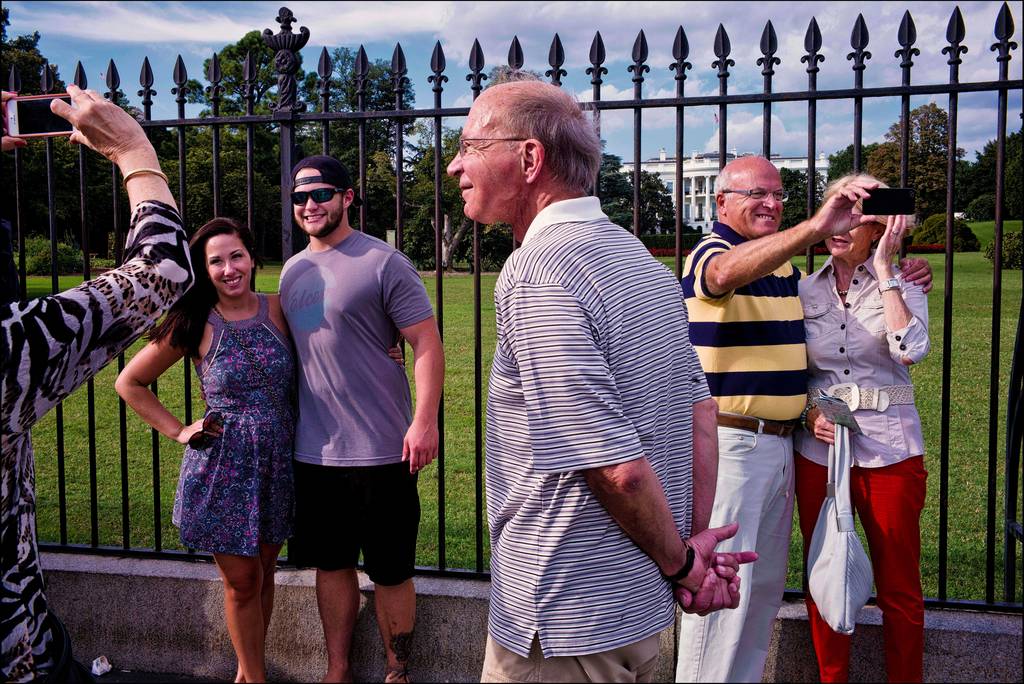
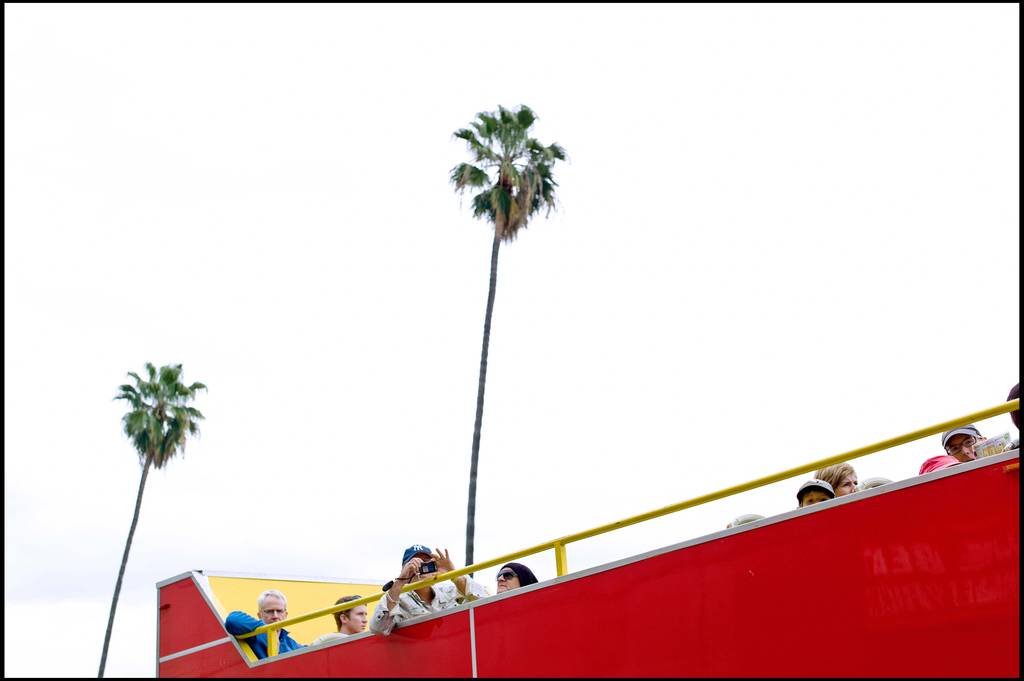
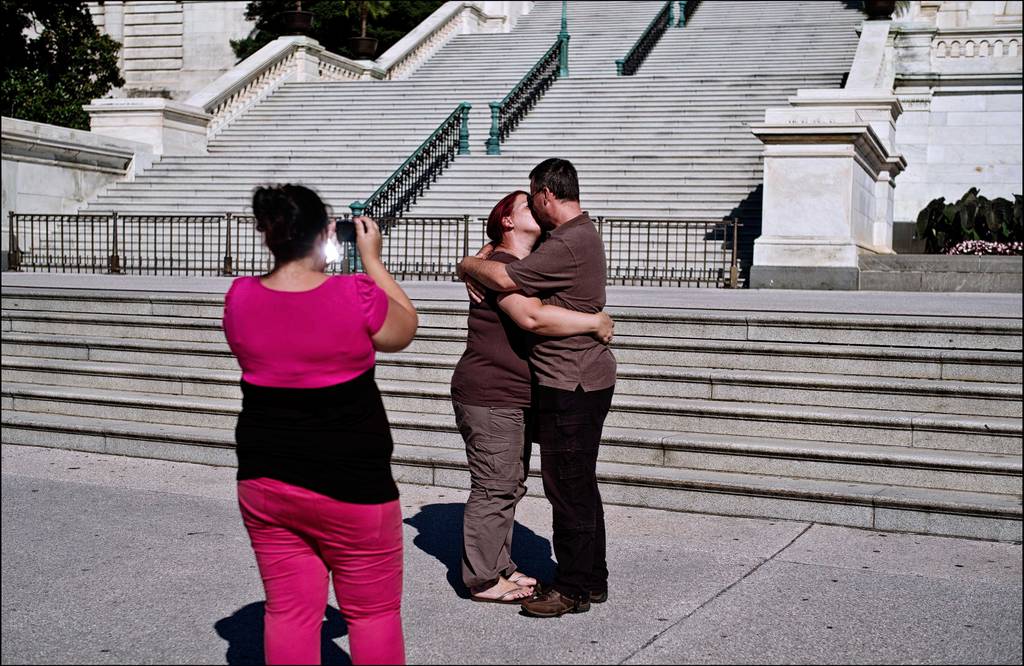
![Copyright Sarah Lee - Pennsylvania Avenue Washington DC. Brother Burnell, who moved to the city two months ago. He finds it unfriendly but is staying optimistic. He sells copies of The Final Call [the Nation of Islam's newspaper] and bottles of insence on the street.](https://www.portraitsalon.co.uk/wp-content/uploads/2015/05/71-1024x681.jpg)
